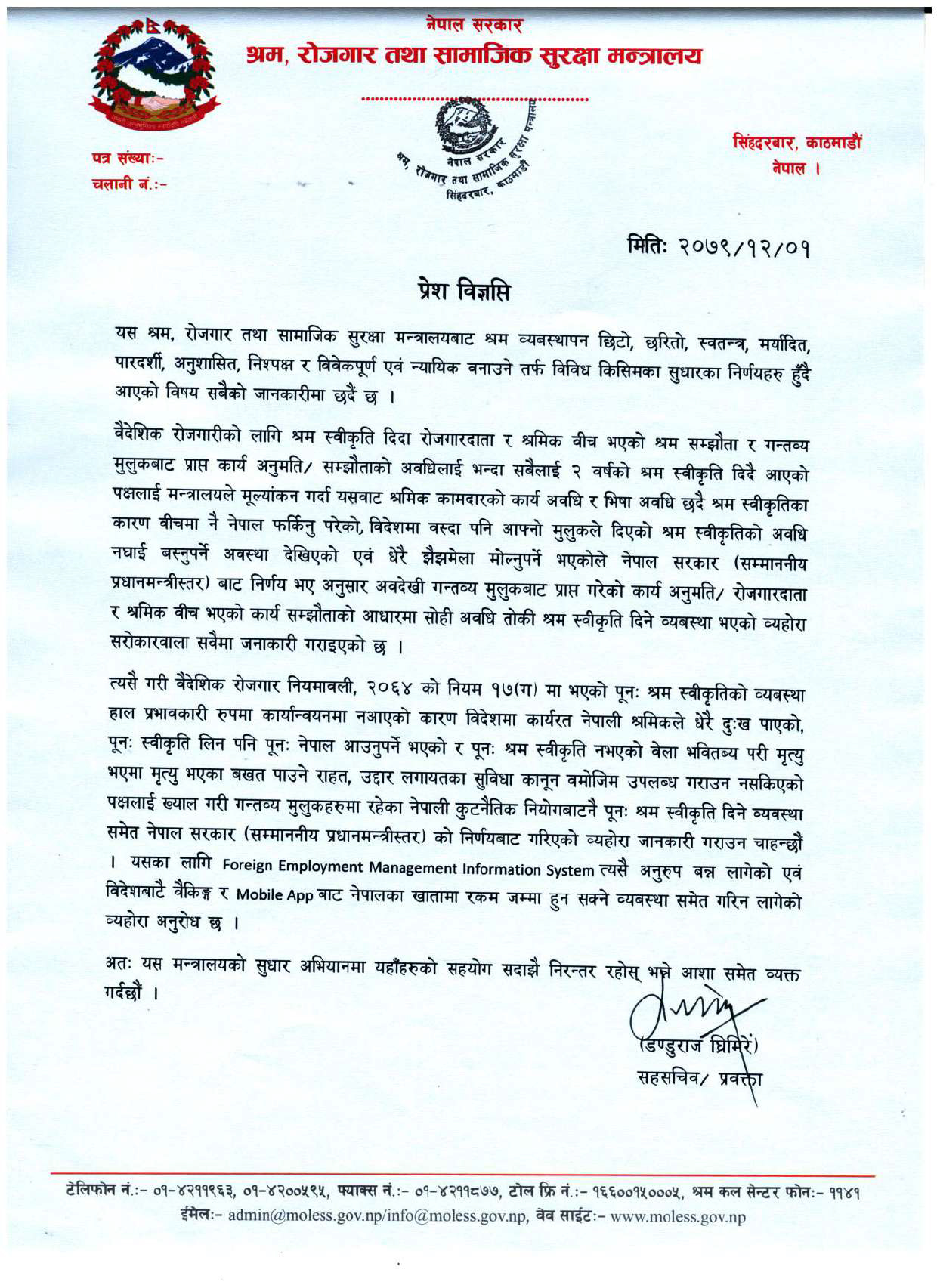
Permanent accounts, or real accounts, include assets, liabilities, and equity. Their balances carry into future periods, providing a continuous record of a company’s financial position. For example, the balance in a cash account at the end of one period becomes the starting balance in the next. This continuity is essential for assessing trends and making informed decisions about investments, financing, and operations. Closing entries are essential in financial accounting, marking the transition from one accounting period to the next.
Company Overview

Furthermore, closing entries foster transparency and trust among stakeholders, from investors to management. The consolidated numbers illustrated in the records provide a clear summary of a company’s achievements and strengthened financial position. one purpose of closing entries is to Such systematic processes reaffirm confidence in accounting practices and deliver reliable financial reporting.
- At the end of the period, the balances from these accounts are transferred to the income summary account.
- In addition to revenue, expense, and dividend accounts, closing entries also affect the income summary account.
- By transferring the balances of revenue and expense accounts to the income summary and then to retained earnings, the income statement accurately reflects the net income or loss for the period.
- To close them, the dividends or owner’s drawing account is credited for its balance, reducing it to zero.
- All income and expense accounts, such as revenues, cost of sales, depreciation, gains, and losses, that you’ll find in the income statement are temporary accounts.
Choosing the Right Accounting Software? Start Here

These statements provide stakeholders with valuable insights into the business’s profitability, financial position, and cash flow, enabling informed decision-making and strategic planning. If the company generated net income, the Income Summary account will have a credit balance, which is then debited to bring its balance to zero. This amount is simultaneously credited to a permanent equity account, such as Retained Earnings or Owner’s Capital.
Step 3: Calculating Net Income or Loss
This information is crucial for decision-making, strategic planning, and investor relations. Temporary Accounts, also called Nominal Accounts, are those accounts in the ledger where the balances are closed at the end of the accounting period and transferred to a permanent account. All income and expense accounts, such as revenues, cost of sales, depreciation, gains, and losses, that you’ll find in the income statement are temporary accounts. At the end of an accounting period, closing entries are made to transfer gym bookkeeping the balances of temporary accounts—revenues, expenses, and dividends or withdrawals—into permanent accounts.
How to close an income summary account?
In contrast, the balance of permanent accounts are cumulative since they are always brought forward across several accounting periods. Permanent accounts, also known as real accounts, do not require closing entries. Examples are cash, accounts receivable, accounts payable, and retained earnings.
Once identified, the balances in these accounts are transferred to an intermediary account known as the income summary account. This step consolidates all the revenue and expense figures, providing a snapshot of the net income or loss for the period. In addition to revenue, expense, and dividend accounts, closing entries also affect the income summary account. All revenue and expense account balances are first transferred to the income summary account, which then shows the net income or loss for the period.
Closing Dividends or Owner’s Drawing Accounts
The first step is to close revenue accounts, which represent the income generated by the business during the accounting period. This involves transferring the balance from each revenue account to the income summary account, which acts as a temporary holding account. The purpose of closing the books is to prepare the ledger accounts for recording the transactions of the next period. income summary Reducing the balance of the temporary accounts to zero will allow a fresh start for those accounts whenever a new period begins.

One Purpose Of Closing Entries Is To:
The income summary account is a temporary account solely for posting entries during the closing process. It is a holding account for revenues and expenses before they are transferred to the retained earnings account. A closing entry transfers data from temporary to permanent accounts on an income statement to a balance sheet when the accounting period ends.







